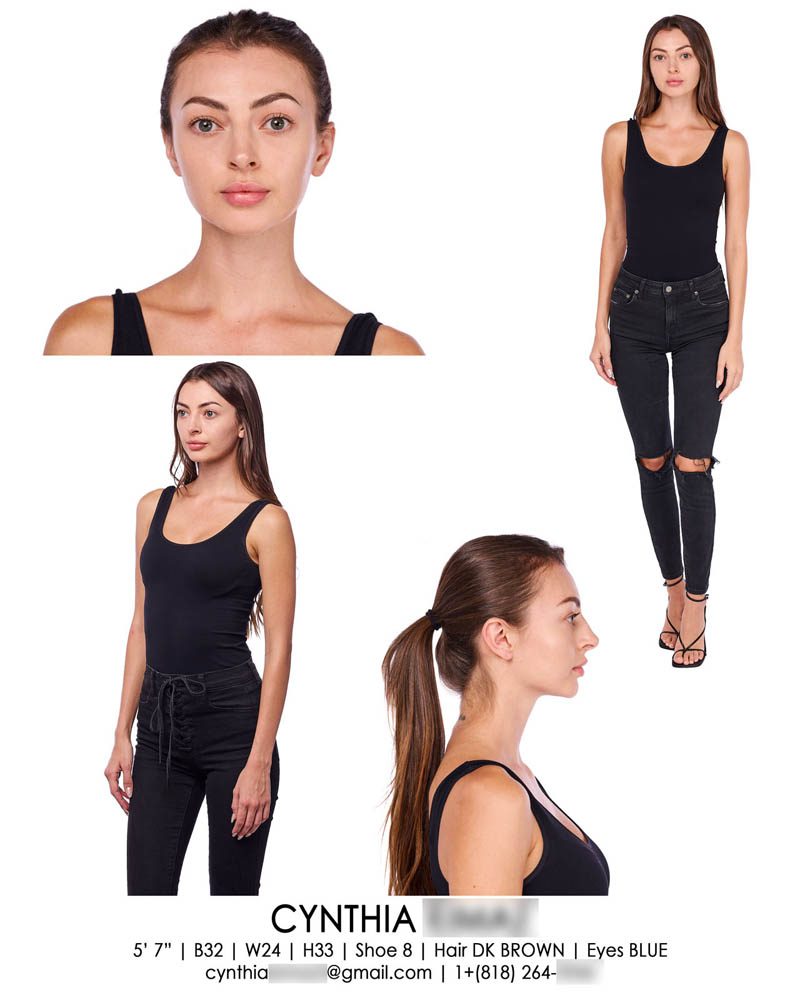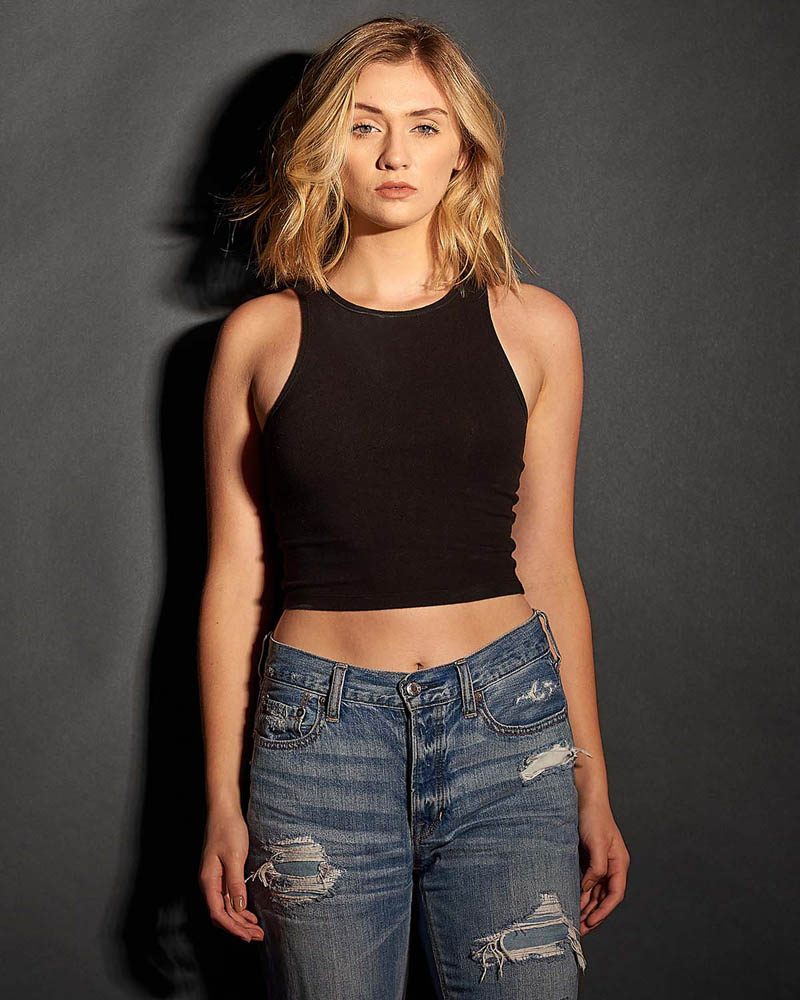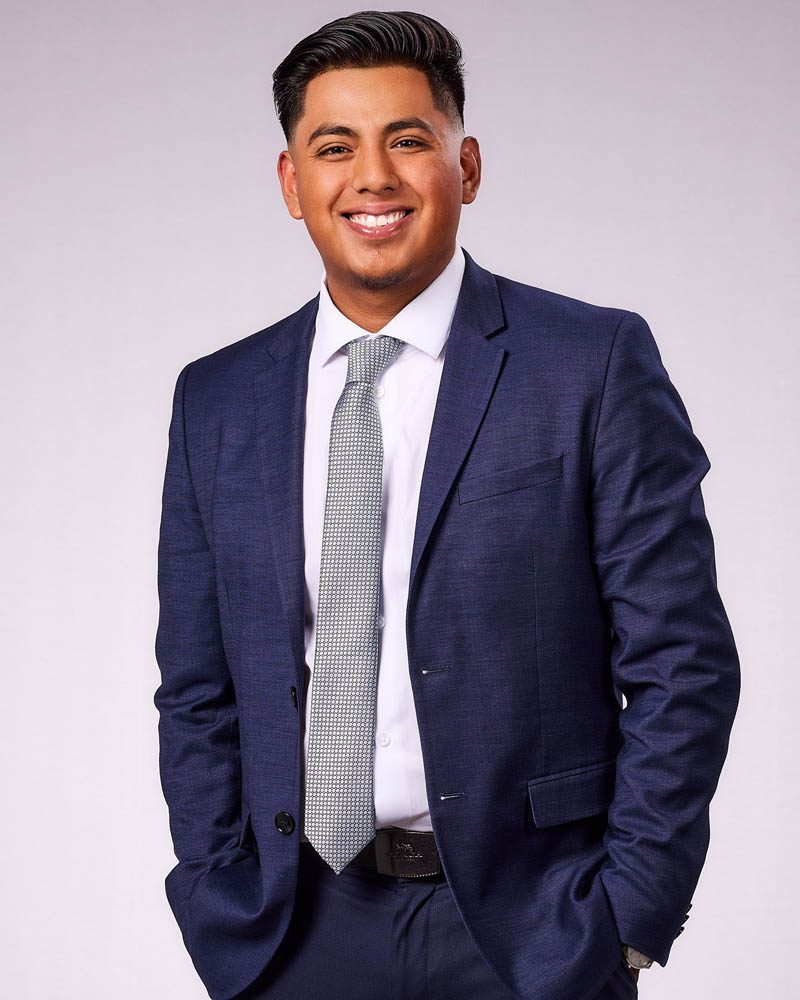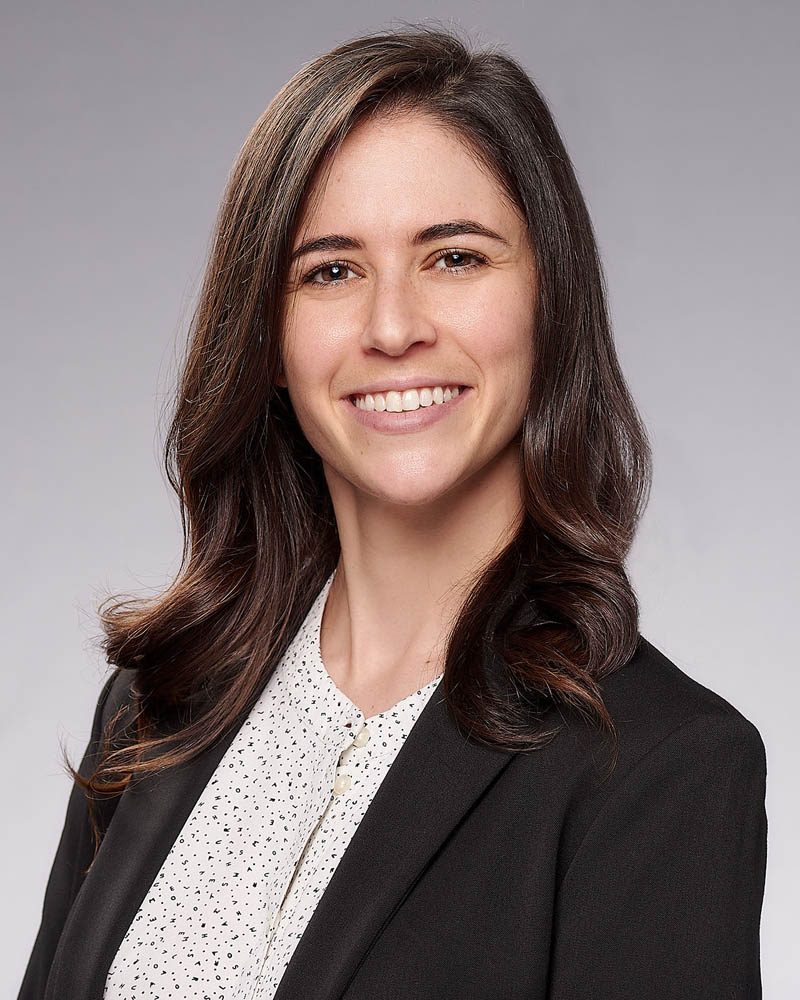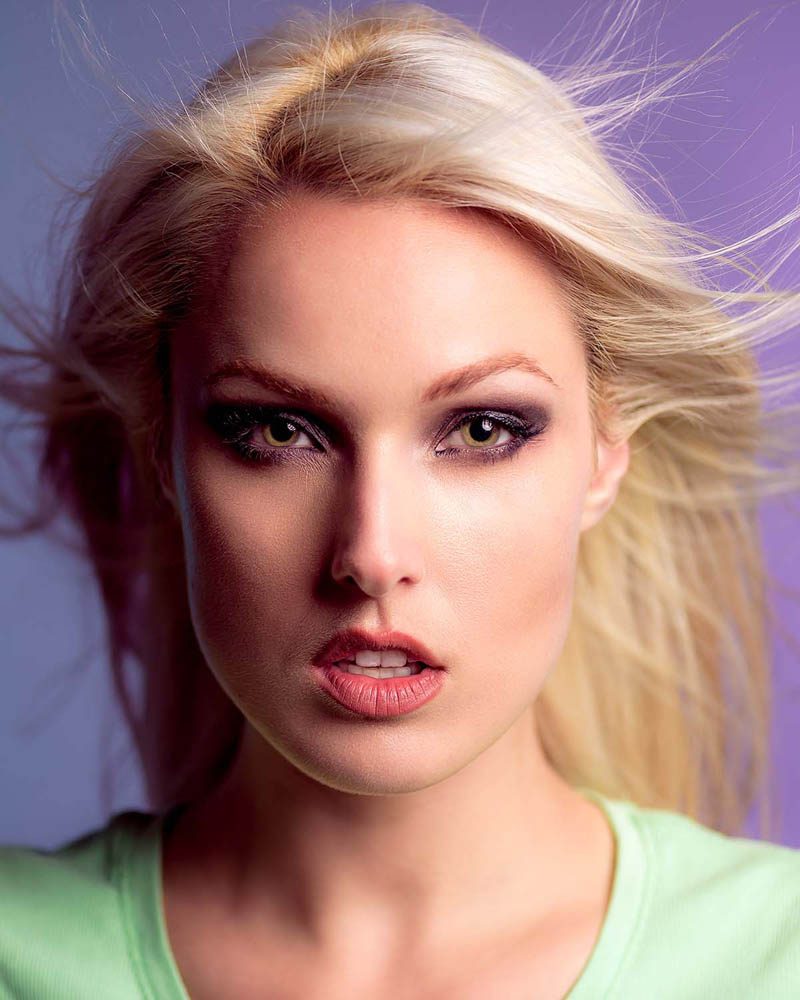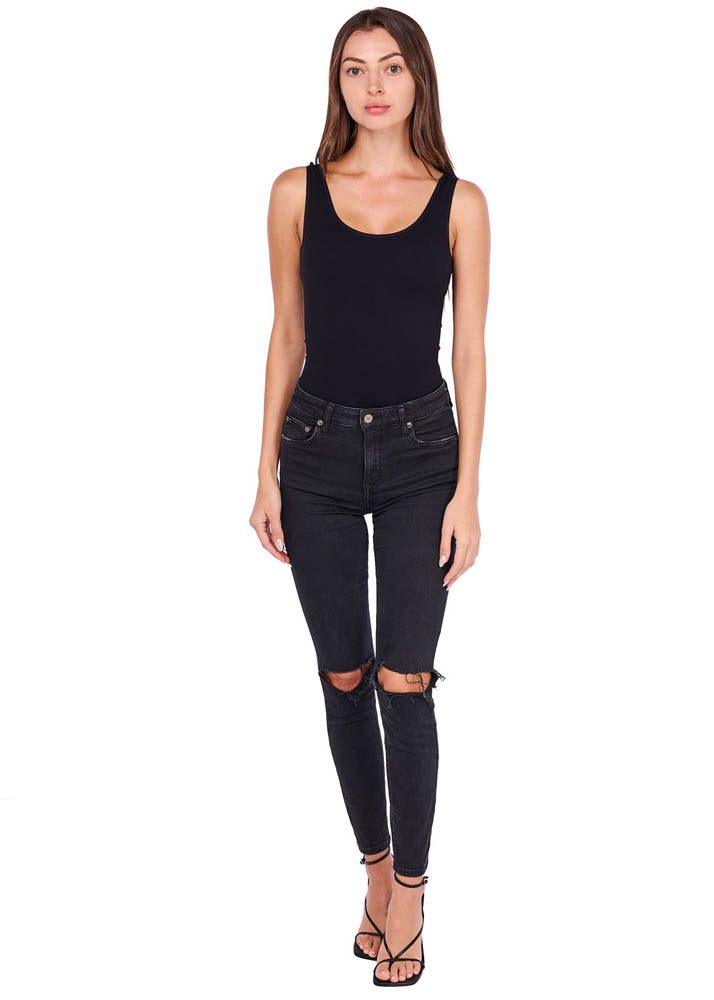THE LIGHT COMMITTEE - HEADSHOT PHOTOGRAPHY LOS ANGELES
- BY APPOINTMENT ONLY
- 2266 Honolulu Ave
Montrose, CA 91020 - LOS ANGELES, CA
- (818) 300-9434
- Click to Text Message
- [email protected]
Studio Hours
- Monday 9 AM–7 PM
- Tuesday 9 AM–7 PM
- Wednesday 9 AM–7 PM
- Thursday 9 AM–7 PM
- Friday 9 AM–7 PM
- Saturday CLOSED
- Sunday CLOSED
© Copyright | All Right Reserved.
PRIVACY POLICY | TERMS OF SERVICE
SITE MAP

